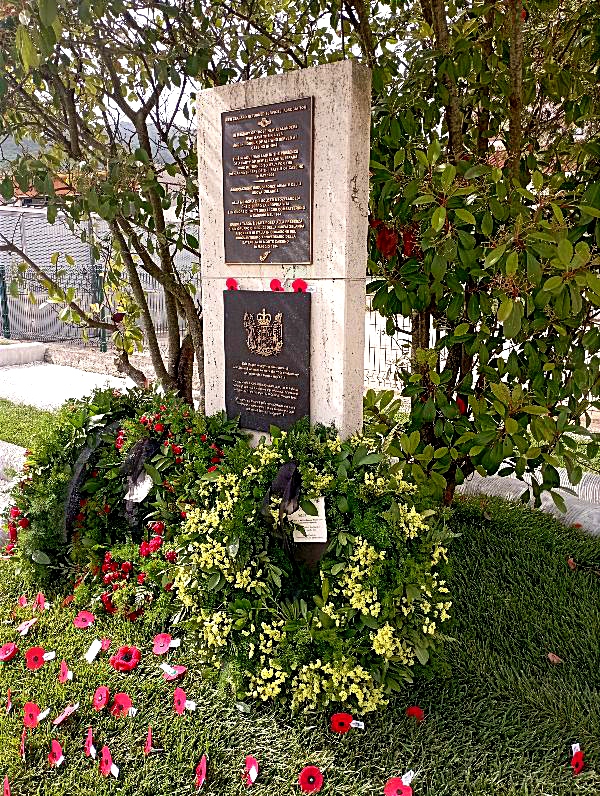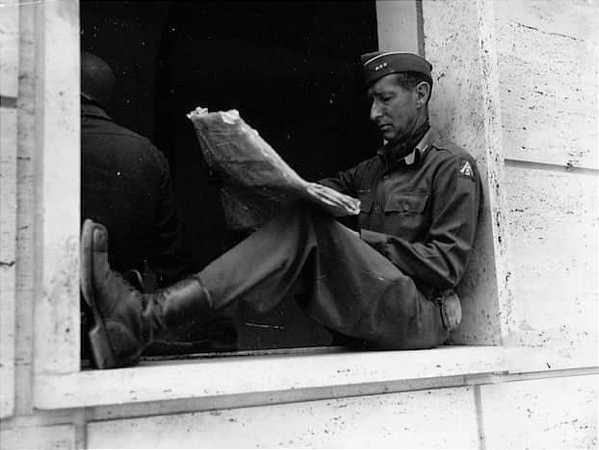
Table of Contents
Cassino WWII Tours: the Four Battles of Cassino
The Battle of Monte Cassino (also known as the Battle for Rome) was a long series of four battles fought by the Allies with the goal of breaking through the Winter Line and seizing Rome.
The only two roads leading to Rome, the Via Appia (Highway 7) and the Via Casilina (Highway 6), were fiercely defended by a series of German fortifications stretching across Italy from the west coast to the east coast. This defensive system, known as the Winter Line, was composed of Gustav Line, the Hitler Line and the Bernhardt Line.
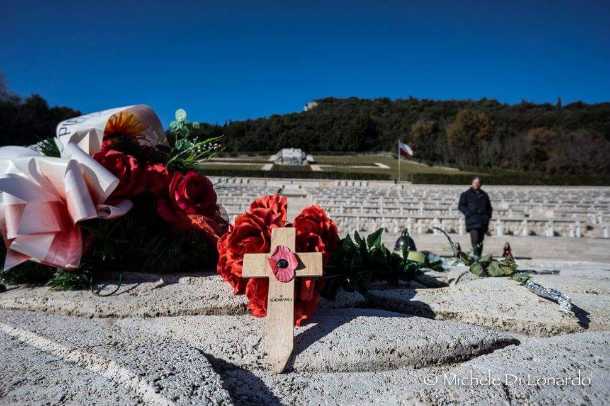
Cassino WWII Tours: the Gustav Line
The Gustav Line made it impossible for the Allies to advance without suffering heavy casualties, as it was anchored by German forces holding the Rapido, Liri, and Garigliano valleys. Their positions were further secured by garrisons stationed on every peak of the surrounding mountain ranges. Dominating the landscape was Monte Cassino, towering nearly 1,700 m (5,500 ft), surrounded by a series of smaller yet equally imposing mountains. This rugged terrain provided the Germans with an excellent vantage point from which to observe and attack Allied positions.
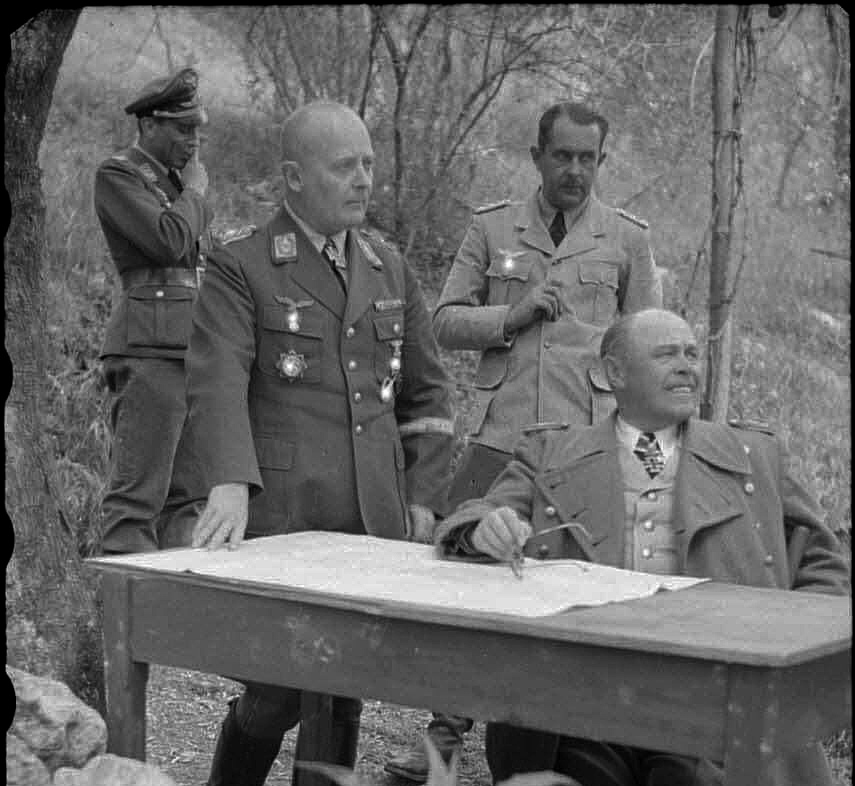
The bombing of Monte Cassino Abbey
The Germans had not occupied the historic abbey of Monte Cassino, although they manned defensive positions set into the steep slopes below the abbey walls. In a coordinated military operation, British, French, American, Indian, New Zealand, Moroccan, and Polish regiments converged on key German strongholds in a long struggle that lasted several months and claimed the lives of thousands of men. On February 15, the monastery was destroyed by 1,400 tons of bombs dropped by American bombers. Look here
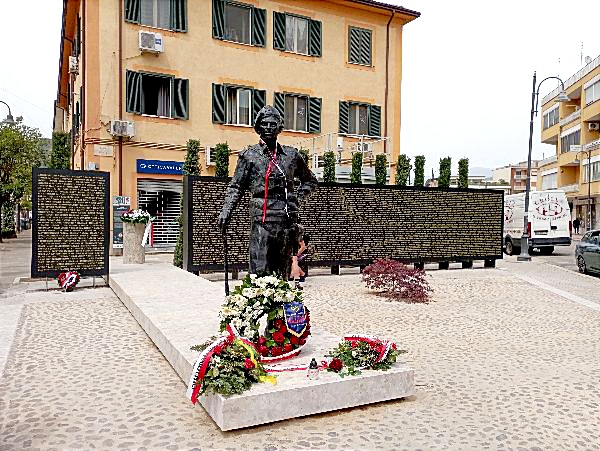
Cassino WWII Tours: the first mistake done by the Allied
Two days after the bombing, the Germans took up positions in the ruins. The destruction caused by the bombing provided troops with improved protection from air and artillery attacks, making it a more viable defensive position. From January 17 to May 18, the Gustav defenses were assaulted four times by Allied troops. It was not until the final phase of the battle, when all other Allied efforts had failed so dismally, that the II Polish Corps was finally called into action. Their mission was to capture Monte Cassino and Piedimonte, objectives that had eluded all other military units up until then. The Poles drove the German defenders from their positions, but at a high cost.
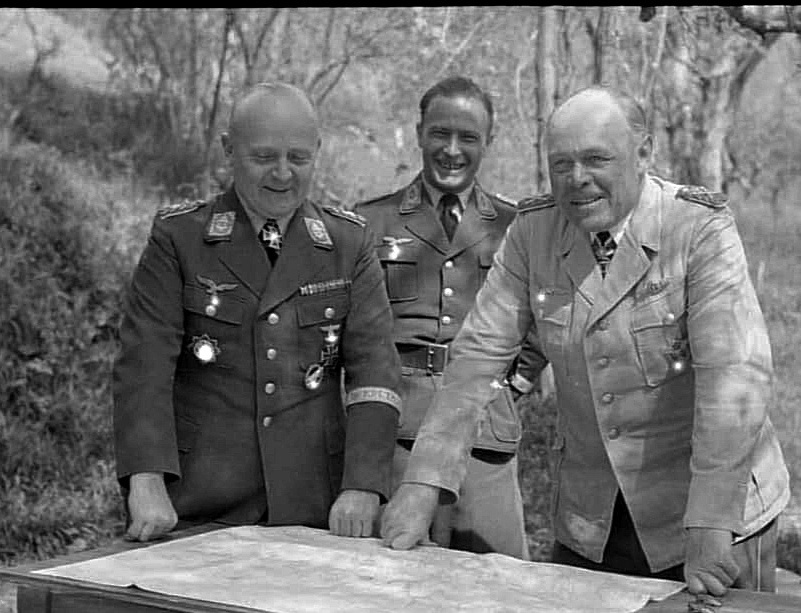
Cassino WWII Tours: the first Battle of Cassino
The Allies reached the German Gustav Line in Italy in mid-January 1944. The British X Corps attacked first on January 17, 1944, crossing the Garigliano River near the coast on a 20-mile-wide front. Two days later, the British 46th Infantry Division attacked near the junction of the Garigliano and Liri Rivers, but what was considered to be the main assault, conducted by the US 36th Division, began shortly after sundown on January 20, 1944. Troops of the US 141st Regiment and 143rd Regiment tried twice to cross the Rapido River, but timely German counterattacks by the German 15th Panzergrenadier Division caused heavy casualties.
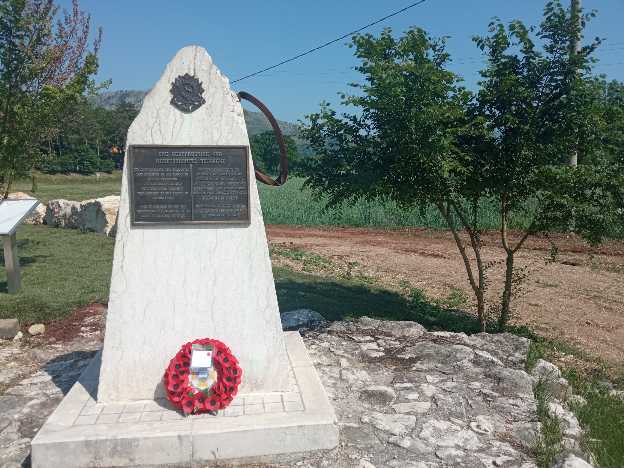
Cassino WWII Tours: the attempt to cross the Rapido River
In these failed attempts to cross the Rapido River, the US 36th Division suffered 2,100 casualties. On January 24, the US 34th Infantry Division, with French Moroccan colonial troops also in its ranks, crossed the Rapido River north of Cassino and engaged in bitter fighting for the following week. On February 1, troops of the German 44th Infantry Division finally allowed the Allies a solid foothold on the previously German-held side of the river. Fighting continued, and a renewed attack toward Monte Cassino was launched on February 8. However, after three days of heavy fighting and no apparent success, the assault was called off on February 11. Meanwhile, the Allies launched Operation Shingle, which landed 36,000 men at Anzio, Italy, on January 22, 1944.
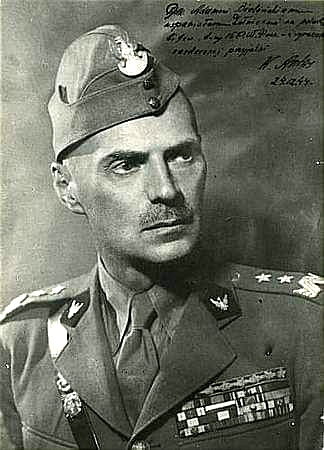
Cassino WWII Tours: the second Battle of Cassino
In an attempt to apply pressure on the Gustav Line in coordination with the attack on Anzio, Operation Avenger was launched. Similar to the first attempt to take Monte Cassino, the Allies, largely consisting of New Zealand and Indian troops in this offensive, suffered heavy casualties.
Since the artillery fire came from above, Allied leadership believed that the Germans must have observation posts near or within the Benedictine monastery. On February 11, Brigadier Harry Dimoline, acting commanding officer of the Indian 4th Division, requested aerial bombing of the monastery, which was passed on by Lieutenant General Bernard Freyberg to the air forces.
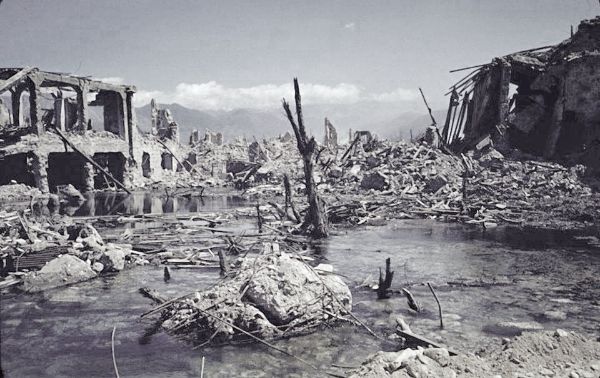
The bombing of the monastery
The bombing was approved and conducted on February 15, with 229 US heavy and medium bombers dropping 1,150 tons of high-explosive and incendiary bombs, demolishing nearly all structures. Point 593, the German strongpoint beneath the abbey that the Allies had attacked but failed to capture in early February, was nearly untouched by the attacks. Interestingly, the Allies failed to immediately launch a major ground assault after the bombing. With the Monte Cassino monastery in ruins and no longer of cultural or historical value, troops of the German 1st Parachute Division moved in and precisely used it as an observation post, as Allied leadership had feared.
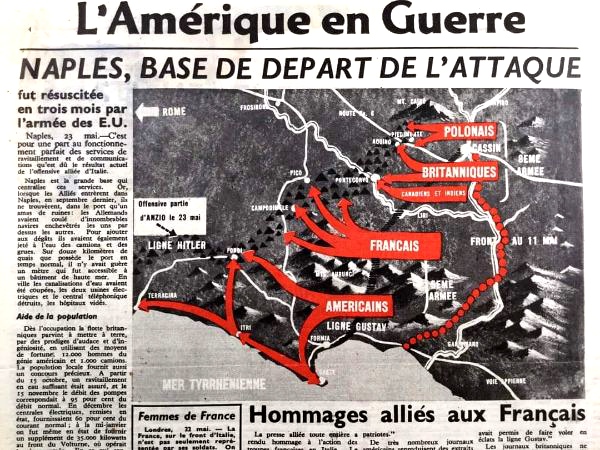
The Indians in Cassino area
On the night of February 17, 1944, the Indian 4th Division and the New Zealand Division attacked Monte Cassino in strength. A parallel attack by the 28th (Maori) Battalion of the New Zealand Division successfully established a small bridgehead across the Rapido River, but this bridgehead was lost again on the following day.
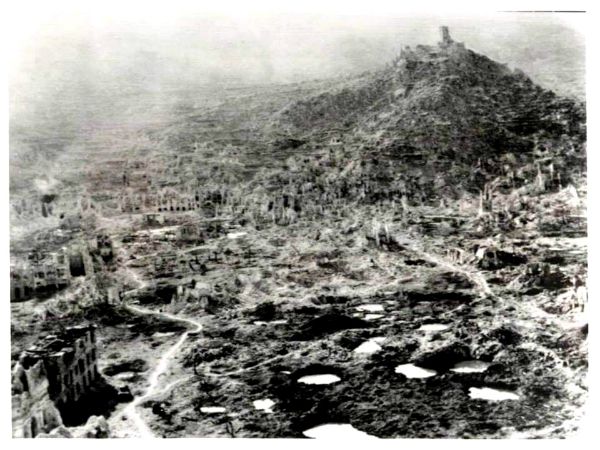
Cassino WW2 Tours: the third Battle of Cassino
The third Battle of Monte Cassino started with the attempt to take Monte Cassino on March 15, 1944, following a heavy bombardment. When the New Zealand troops attacked, they encountered a stronger German defense than they had expected. Even though the initial attack did capture several positions, including Castle Hill, Point 165, and Point 236, heavy rain halted the Allies’ progress. By the end of the day on March 17, the Indian Gurkha troops were within 250 meters of the monastery, while the New Zealand troops were threatening to capture the town of Cassino. After several days, the troops were exhausted, and on March 23, Alexander and Freyberg decided to pause the offensive.
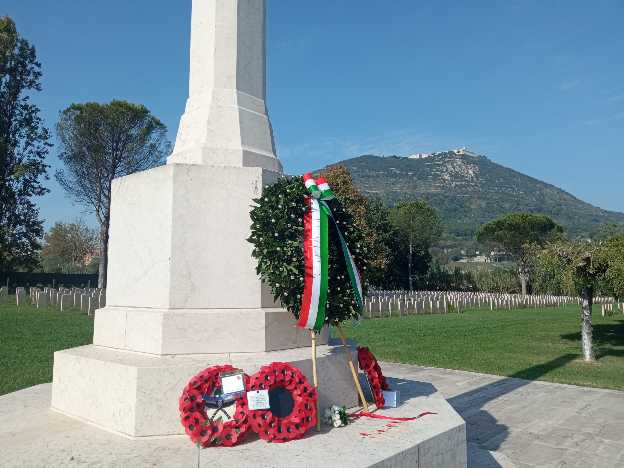
Cassino WWII Tours: the fourth Battle of Cassino
The fourth attack was to become the last on Monte Cassino. It was launched several weeks later, on the night of May 11-12. The Allies began the operation with a heavy bombardment, and by dawn on May 12, some Allied units had made significant advances, including the Indian 8th Division, which established a bridge over the Rapido River to bring tanks of the Canadian 1st Armoured Brigade forward. During the day on May 12, Polish troops captured Point 593, while on May 13, the French troops captured Monte Maio. As German positions along the Liri River valley began to fall one by one, the Polish Corps launched what was to become the final attack on Monte Cassino.
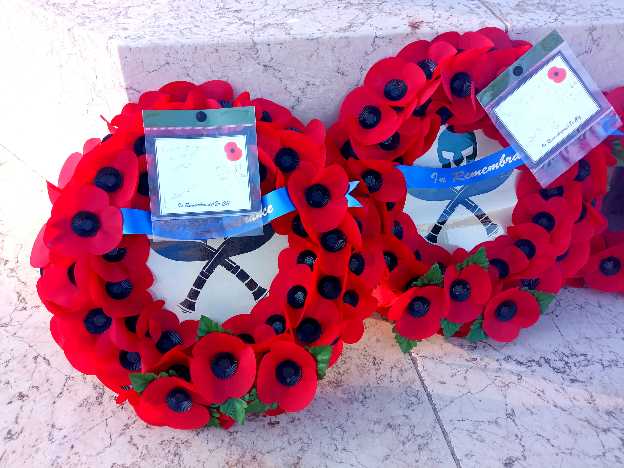
The Polish army inside Monte Cassino abbey
By the following day, Anders and his troops had taken the ruins of the monastery. After the four battles of Monte Cassino, German troops fell back from the Gustav Line to the Hitler Line (known as the Senger Line at this time), even though they knew that it was only a matter of time before even these positions would be abandoned. Polish and Canadian troops assaulted the line on May 23, and within a few days, the Senger Line was breached. The line was broken on May 24 by the 1st Canadian Infantry Division, the 5th Canadian Armoured Division, and the II Polish Corps.
